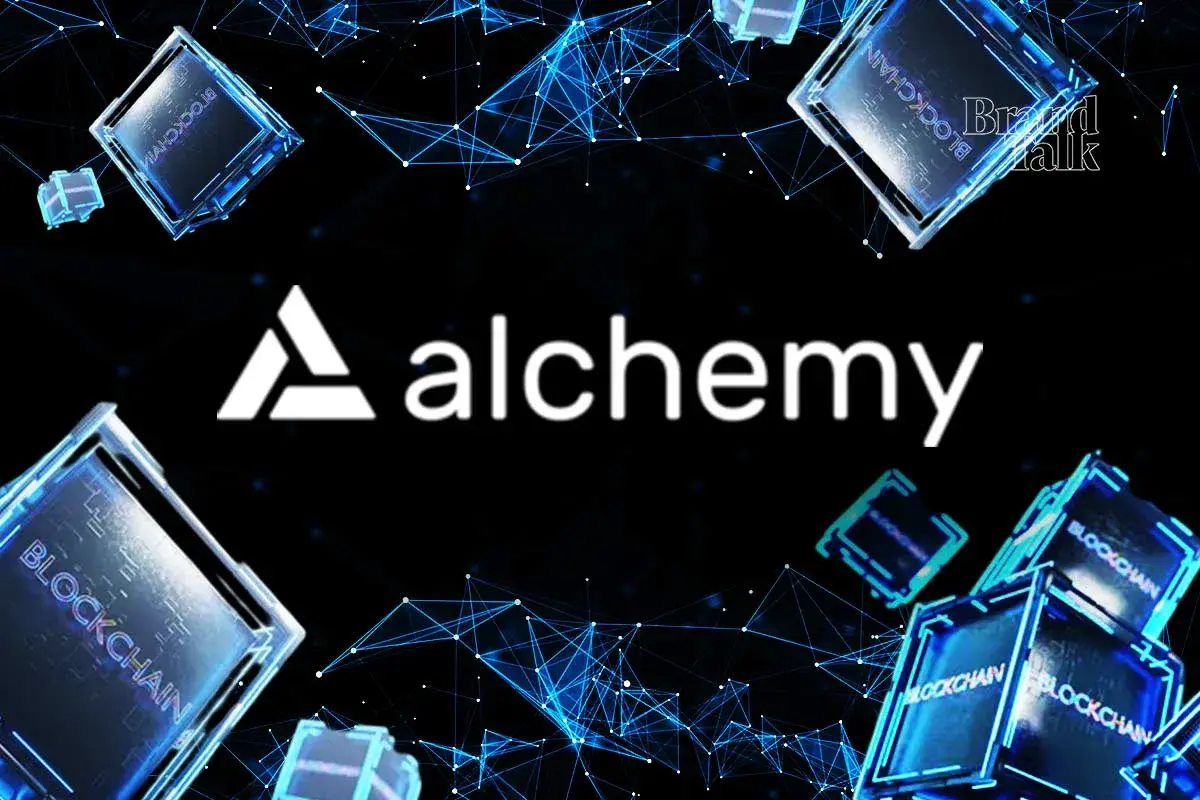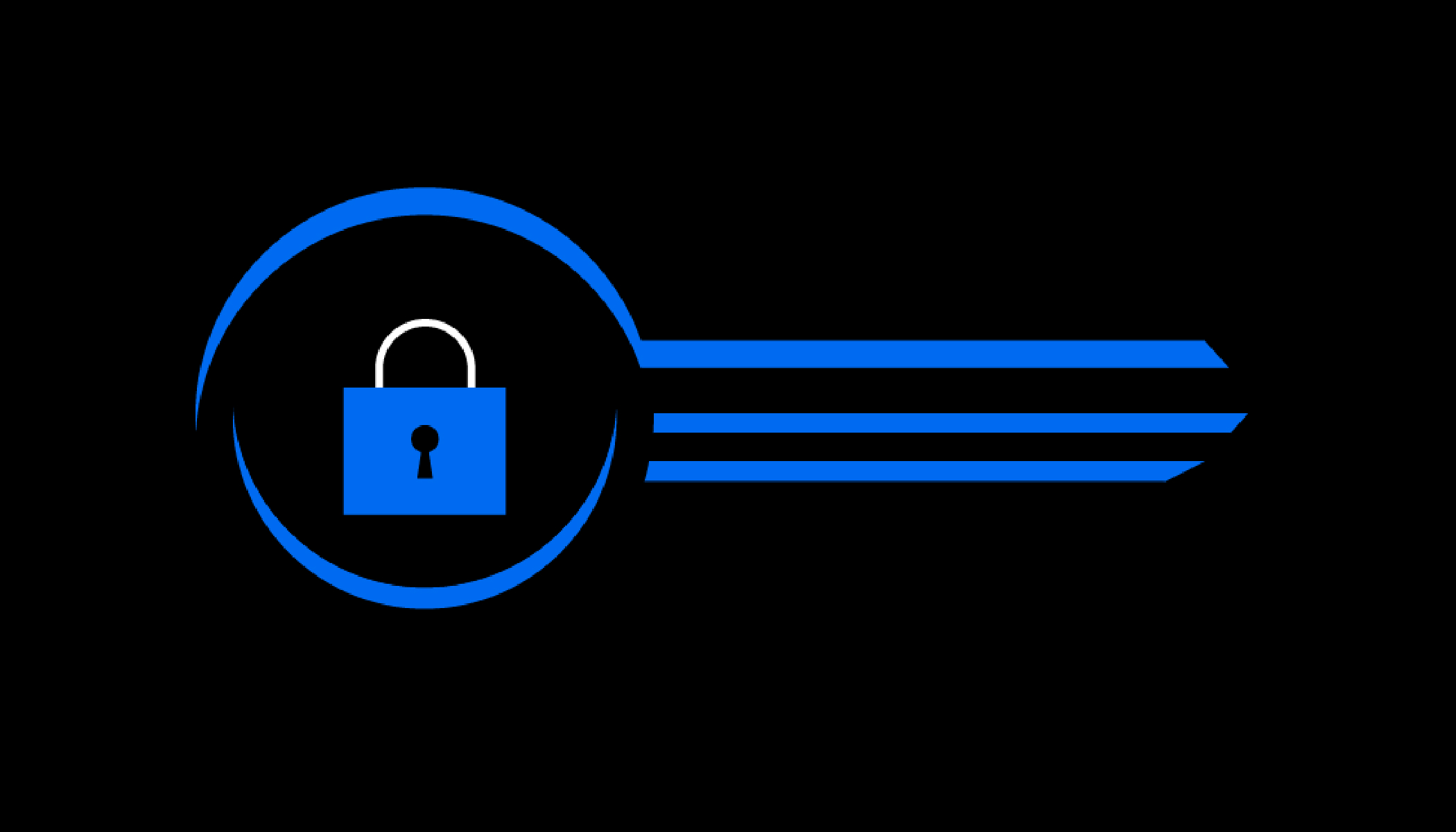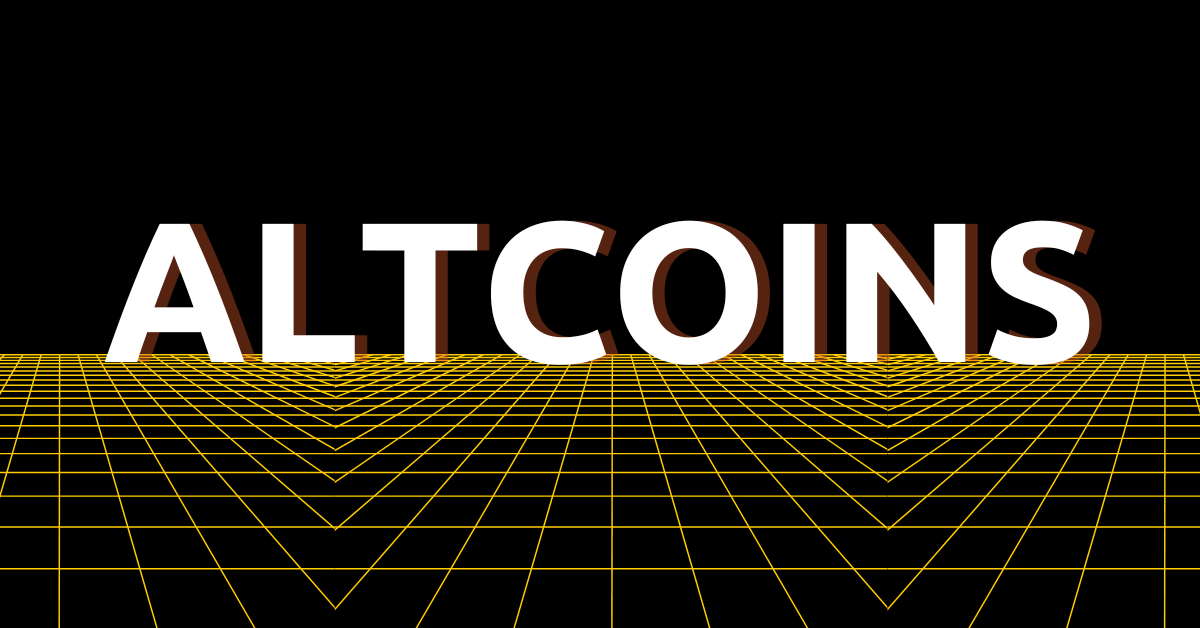Key Takeaways:
- These platforms enable decentralized apps, DeFi, and NFT projects.
- Ethereum, Solana, and other Layer 1s dominate, while emerging platforms offer speed and lower fees.
- Developers and investors can leverage these platforms for innovation and long-term growth.
Top 10 Smart Contract Platforms in 2025–2026
Smart contracts are the backbone of modern blockchain ecosystems, powering everything from DeFi protocols to NFT marketplaces and decentralized governance. In 2025 and 2026, the demand for efficient, secure, and scalable smart contract platforms is higher than ever. Whether you are a developer, investor, or blockchain enthusiast, understanding the key platforms shaping the space is essential. Here’s a rundown of the top 10 smart contract platforms to watch this year and next.
Why Smart Contract Platforms Matter
Smart contract platforms are essentially blockchain networks that allow programmable, self-executing contracts. These platforms enable developers to build decentralized applications (dApps) without relying on centralized authorities.
In 2025, key trends driving smart contract adoption include:
- Decentralized Finance (DeFi): Platforms that support lending, borrowing, and yield farming.
- Non-Fungible Tokens (NFTs): Networks optimized for low-cost minting and trading of digital assets.
- Interoperability and Layer 2 Scaling: Solutions that improve speed and reduce transaction fees.
Choosing the right platform can impact development costs, transaction speed, and long-term adoption.
The Top 10 Smart Contract Platforms
- Ethereum (ETH) – The pioneer in smart contracts and dApps. With Ethereum 2.0 and Layer 2 rollups, it continues to dominate DeFi and NFT ecosystems.
- Solana (SOL) – Known for its high throughput and low fees, Solana powers a growing number of DeFi and NFT projects.
- Binance Smart Chain (BSC) – Popular for affordable transactions and easy integration with Binance’s ecosystem.
- Cardano (ADA) – Focused on security and scalability, Cardano’s Plutus smart contracts attract enterprise and academic projects.
- Polygon (MATIC) – A Layer 2 solution for Ethereum, offering faster transactions and lower gas fees.
- Avalanche (AVAX) – Known for high-speed consensus and low-latency smart contracts, ideal for DeFi applications.
- Fantom (FTM) – A fast, scalable, and EVM-compatible platform gaining traction for DeFi and Web3 applications.
- Algorand (ALGO) – Focuses on speed, low costs, and robust security, making it suitable for enterprise blockchain solutions.
- Tezos (XTZ) – Offers formal verification for smart contracts, enhancing reliability and security.
- NEAR Protocol (NEAR) – Optimized for ease of use and developer-friendly tools, with strong support for cross-chain interoperability.
These platforms represent a mix of mature networks and emerging ecosystems, offering developers diverse options for building scalable, secure, and cost-efficient applications.
Choosing the Right Platform in 2025–2026
Selecting a smart contract platform depends on:
- Transaction Speed & Cost – Platforms like Solana and Polygon excel in low-fee, high-speed operations.
- Ecosystem & Community – Ethereum’s established ecosystem offers unmatched developer resources and integrations.
- Security & Audits – Platforms with formal verification or proven security track records reduce the risk of hacks.
- Scalability – Networks like Avalanche and Fantom provide high throughput for growing dApps and DeFi platforms.
Developers should also consider interoperability and Layer 2 options, ensuring their dApps can communicate across chains as the Web3 ecosystem expands.
The Future of Smart Contract Platforms
In 2025–2026, smart contract platforms are expected to:
- Support cross-chain interoperability to reduce fragmentation.
- Integrate AI-powered analytics for predictive DeFi and NFT strategies.
- Offer more user-friendly developer tools to onboard new builders efficiently.
- Maintain focus on low-cost, high-speed execution to attract mass adoption.
Investors, developers, and blockchain enthusiasts who track these trends and engage with the leading platforms will be best positioned to leverage the next wave of blockchain innovation.
Conclusion: Building on the Right Blockchain
The landscape of smart contract platforms is both dynamic and competitive. Ethereum remains the dominant force, but emerging networks like Solana, Avalanche, and NEAR are gaining ground by addressing scalability and cost issues.
For developers and investors in 2025–2026, understanding the strengths and weaknesses of each platform is key. Choosing the right network can influence project success, transaction efficiency, and long-term adoption. Staying informed about these top 10 smart contract platforms is not just strategic—it’s essential for thriving in the rapidly evolving blockchain ecosystem.




